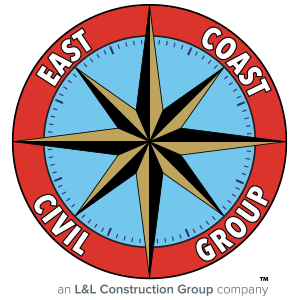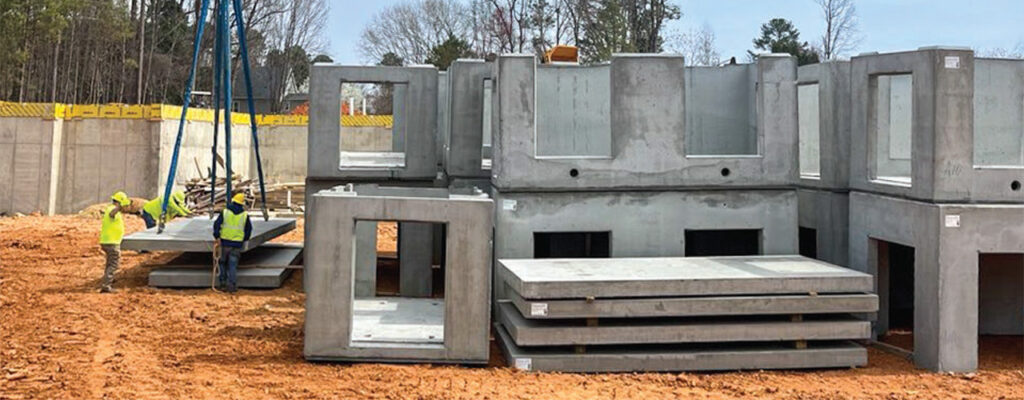
Underground stormwater detention systems are essential in managing stormwater runoff, preventing flooding, and improving water quality. These systems temporarily store excess rainwater and release it gradually, reducing the burden on stormwater infrastructure and natural waterways. Unlike traditional detention ponds, which require significant surface space and can impact site usability, underground detention systems are installed beneath roads, parking lots, and landscaped areas, maximizing land efficiency.
Underground stormwater detention systems are particularly beneficial in urban and high-density developments where land space is at a premium. They help comply with stormwater regulations while preserving valuable real estate for buildings, green spaces, or additional infrastructure.
Additionally, underground detention systems can be designed to incorporate water quality treatment and infiltration features, further enhancing their environmental benefits.
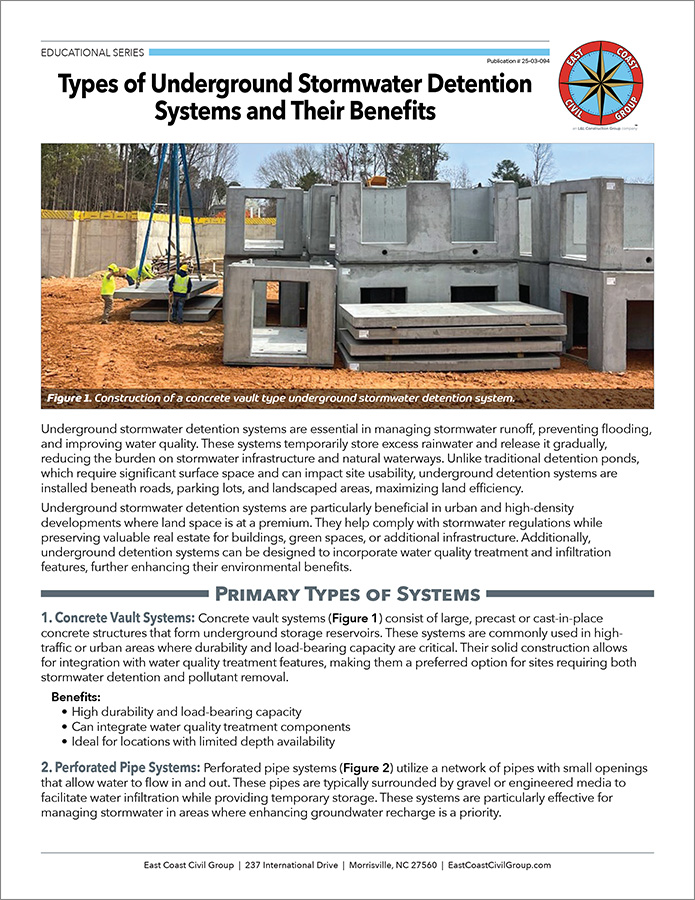
— Primary Types of Systems —
1. Concrete Vault Systems:
Concrete vault systems (Figure 1) consist of large, precast or cast-in-place concrete structures that form underground storage reservoirs. These systems are commonly used in high-traffic or urban areas where durability and load-bearing capacity are critical. Their solid construction allows for integration with water quality treatment features, making them a preferred option for sites requiring both stormwater detention and pollutant removal.
Benefits:
- High durability and load-bearing capacity
- Can integrate water quality treatment components
- Ideal for locations with limited depth availability
2. Perforated Pipe Systems:
Perforated pipe systems (Figure 2) utilize a network of pipes with small openings that allow water to flow in and out. These pipes are typically surrounded by gravel or engineered media to facilitate water infiltration while providing temporary storage. These systems are particularly effective for managing stormwater in areas where enhancing groundwater recharge is a priority.
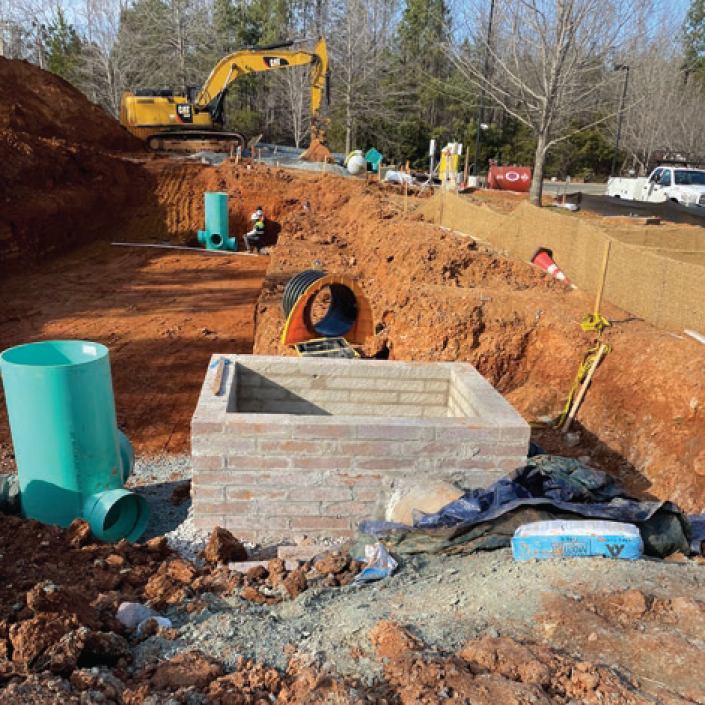
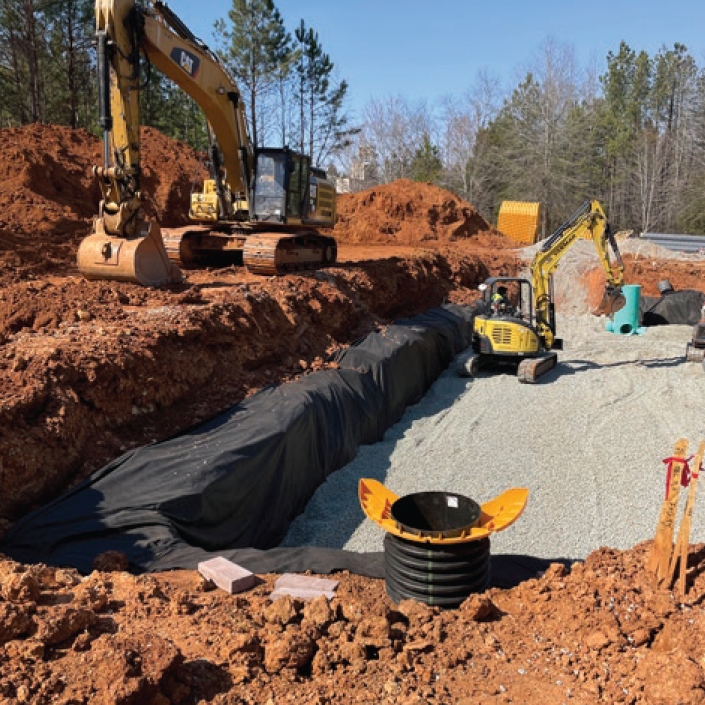
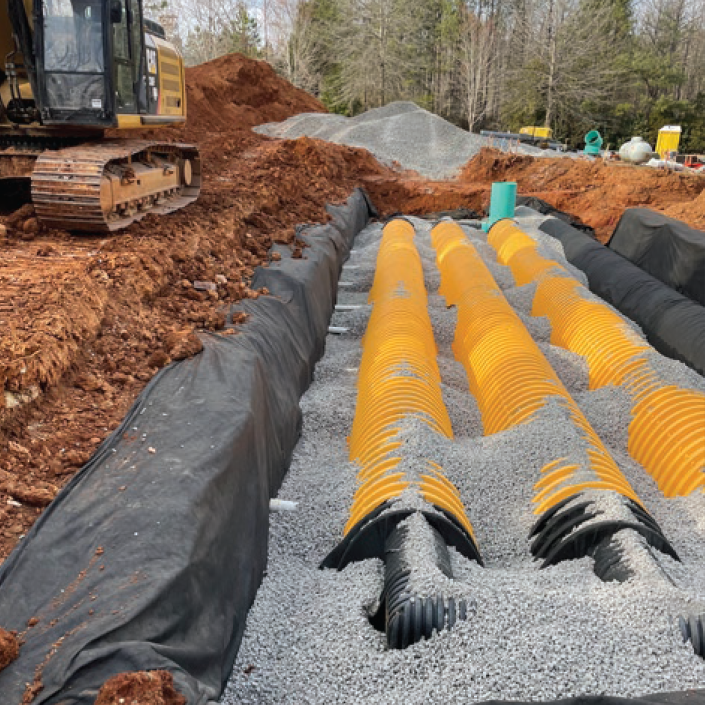
Figure 2. Construction phases of a perforated pipe type underground stormwater detention system.
Benefits:
- Dual-function system for both detention and infiltration
- Cost-effective for small to mid-sized projects
- Reduces peak discharge rates while enhancing groundwater replenishment
3. Plastic Chamber Systems:
Plastic chamber systems are composed of modular, arched structures made from high-density polyethylene (HDPE) or polypropylene. These chambers are placed on a bed of crushed stone, which provides additional storage capacity and facilitates infiltration. Designed for flexibility, these systems can be used in residential, commercial, and industrial settings where space constraints require an adaptable solution.
Benefits:
- Easy to transport and install, reducing labor costs
- Adaptable to different site layouts
- Encourages groundwater recharge through infiltration
4. Modular Tank Systems:
Modular tank systems are composed of interlocking plastic or concrete units that form an underground water storage grid. These tanks can be configured to fit specific project needs, offering a space-efficient solution for stormwater management.
Benefits:
- Flexible design allows for scalability
- Can integrate filtration and water reuse features
5. Corrugated Metal Pipe (CMP) Systems:
CMP systems consist of large-diameter corrugated metal pipes placed underground to create a network of storage and conveyance tunnels. These pipes can be arranged in various configurations, such as single or multiple rows, depending on the available space and project requirements. They are often used in large-scale commercial and industrial developments due to their high strength and ability to handle significant stormwater volumes.
Benefits:
- High structural strength, supporting heavy loads like roads and parking lots
- Customizable configurations for various site conditions
- Long service life with proper maintenance
— Conclusion —
Selecting the right underground stormwater detention system depends on site conditions, project requirements, and regulatory considerations. Whether prioritizing durability, cost-effectiveness, or infiltration capabilities, these systems provide critical solutions for sustainable stormwater management, protecting communities from flooding while preserving valuable land for development.
